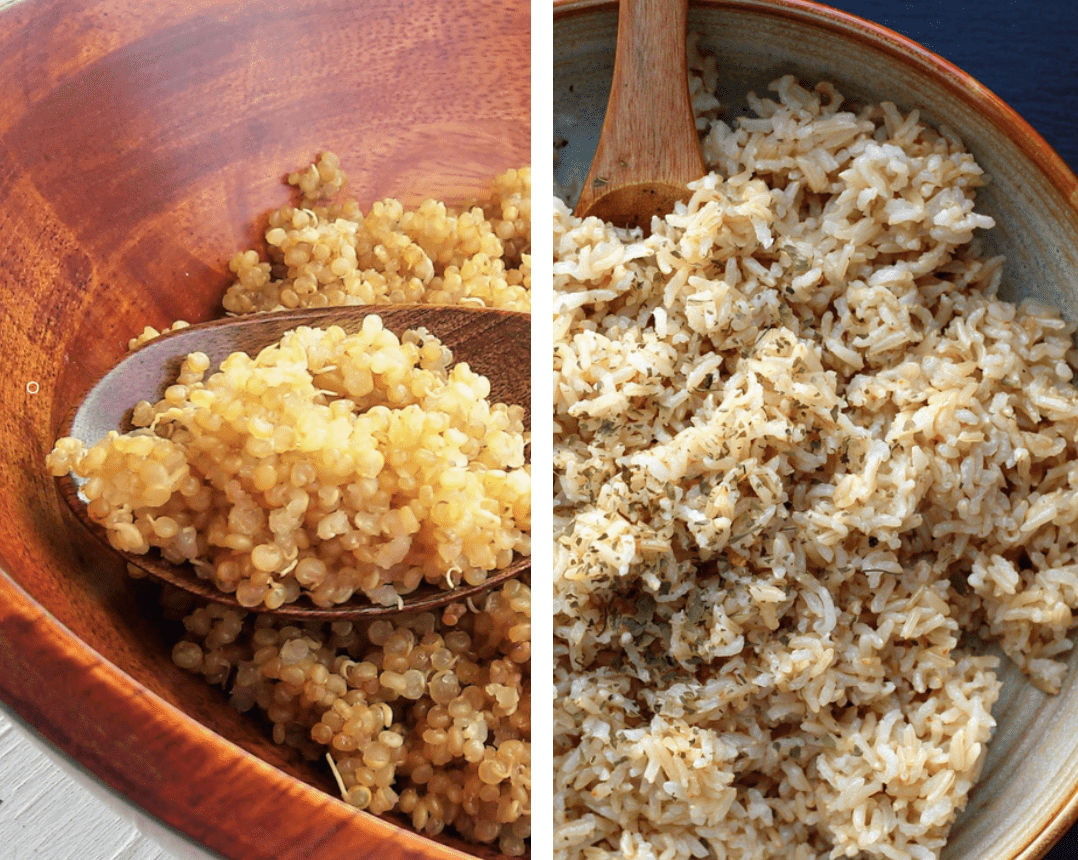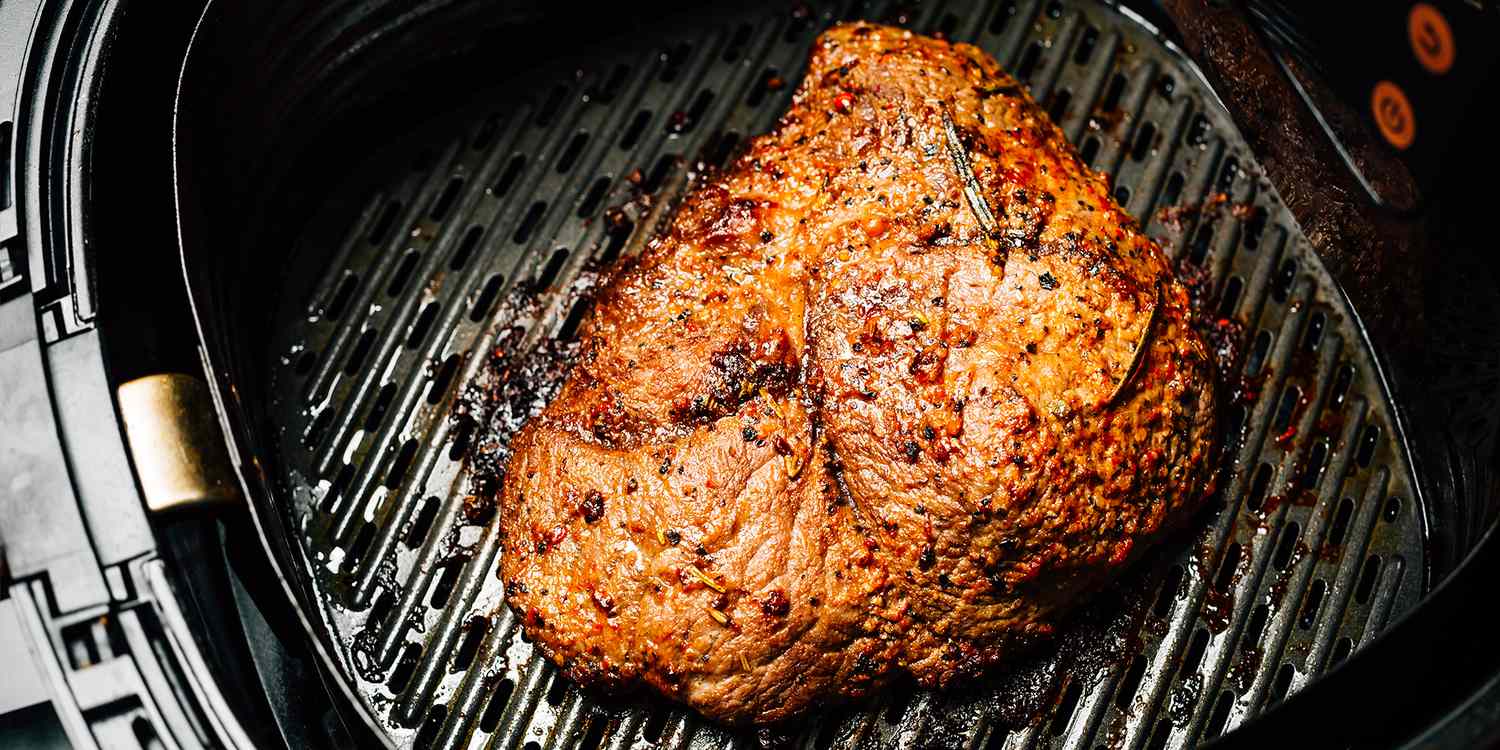Quinoa and rice are both healthy ingredients and make great additions to a well-rounded diet. But which one is more nutritious? Here’s how they stack up:
Quinoa vs. Rice
Rice, a small edible seed that comes from grass plants, is a staple food for many countries around the world. The ancient grain crop feeds billions of people every day. There are many types of rice, and each one has its own set of uses and health benefits. Two of the most common varieties are brown rice and white rice. Brown rice generally has more nutritional value than its white counterpart.
Quinoa, meanwhile, is not actually a grain (although it’s grown and prepared like one, as well as considered a grain from a culinary standpoint). Like rice, this edible seed of a plant in the Amaranthaceae family is an ancient staple food.
Quinoa Health Benefits

Though quinoa looks and tastes a lot like rice, it’s nutritional properties are more aligned with the leafy vegetable members of the Amaranthaceae family (such as spinach and beets).
It should come as no surprise, then, that quinoa is an absolute nutritional powerhouse. The gluten-free ingredient is packed with protein, fiber, and good-for-you minerals. It should come as no surprise, then, that quinoa is an absolute nutritional powerhouse.
Here are some health highlights of quinoa:
- High Fiber Content: Quinoa has more than double the fiber of other grains, so it’s great for heart health and digestion.
- It’s a Complete Protein: Quinoa is considered a complete protein, which means it contains all nine of the essential amino acids your body needs to function. It’s one of the only plant-based complete proteins.
- Nutrient-Rich: Quinoa is full of healthy nutrients and minerals like potassium, zinc, magnesium, and iron. Since it’s also full of phytic acid, you’ll need to soak the quinoa before eating to reap the full benefits (soaking or sprouting degrades the acid).
Rice Health Benefits

Brown rice and white rice have different nutritional profiles. White rice is less nutritious than its brown counterpart because it has been stripped of most of the husk, germ, and bran. While most white rice you can buy in the store has been enriched, brown rice is generally a healthier option.
Brown rice has plenty of health benefits. For instance, it:
- May Reduce High Blood Pressure: Brown rice is a great option for people who are looking to lower their blood pressure. There are a few reasons why: It’s high in potassium, it helps promote weight management, and it stabilizes your body’s insulin levels.
- Can Promote Weight Loss: Brown rice is rich in fiber, so it helps you feel fuller longer.
- Helps Control Blood Sugar: Brown rice has a low glycemic index, so it helps control insulin surges and keeps your blood sugar levels stable.

The Verdict
So, what’s healthier – brown rice or quinoa? Quinoa and rice are comparable in terms of calories and fiber content. They’re both nutritious ingredients that can complement a well-rounded diet, but quinoa has the edge. It is a complete protein, while brown rice only contains a few of the essential amino acids. It also contains more nutrients overall, including iron and magnesium (though brown rice is richer in manganese and selenium).
When all is said and done, though, the healthiest choice depends on your personal dietary needs.
Whether you’re looking for brown rice or quinoa recipes, we’ve got you covered. Find nutritious and delicious inspiration in our collections of Healthy Brown Rice Recipes the Whole Family Will Love and Protein-Rich Dinners for Quinoa Lovers.
Related:
- The Savvy Bulk Shopper’s Guide to Whole Grains
- This One Thing Will Make Quinoa Easier to Digest
- 5 Mistakes You’re Making When Cooking Rice




